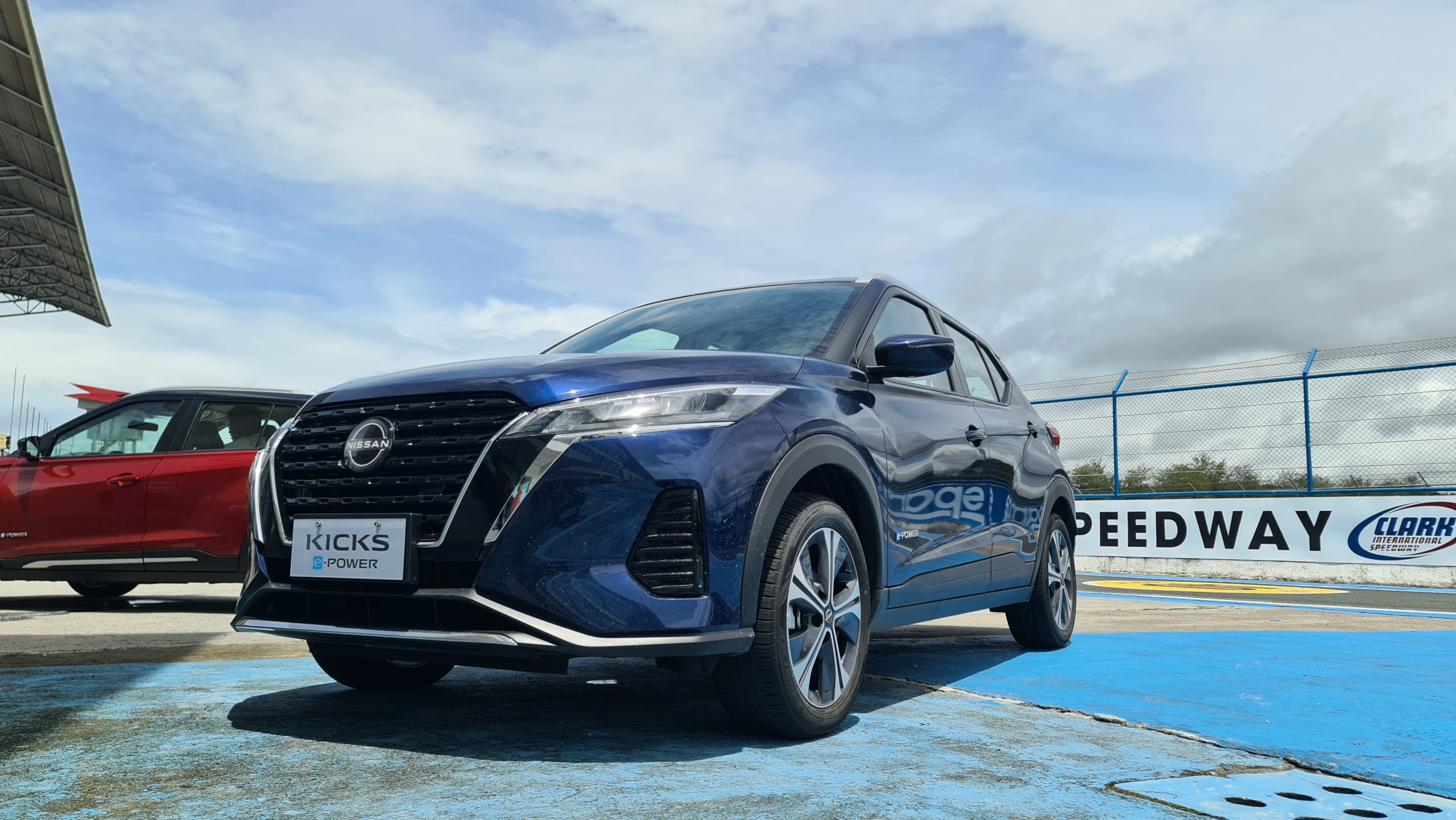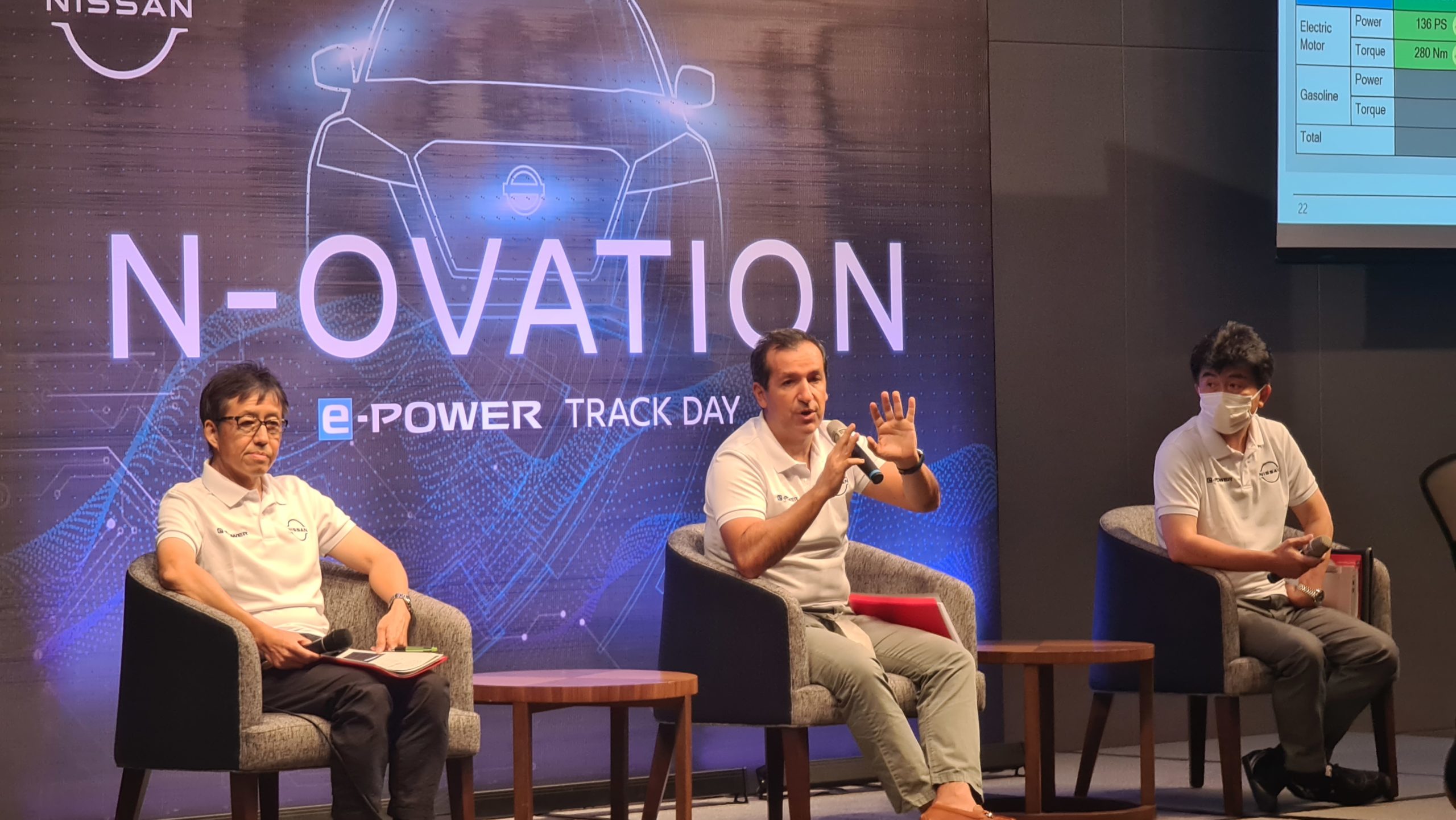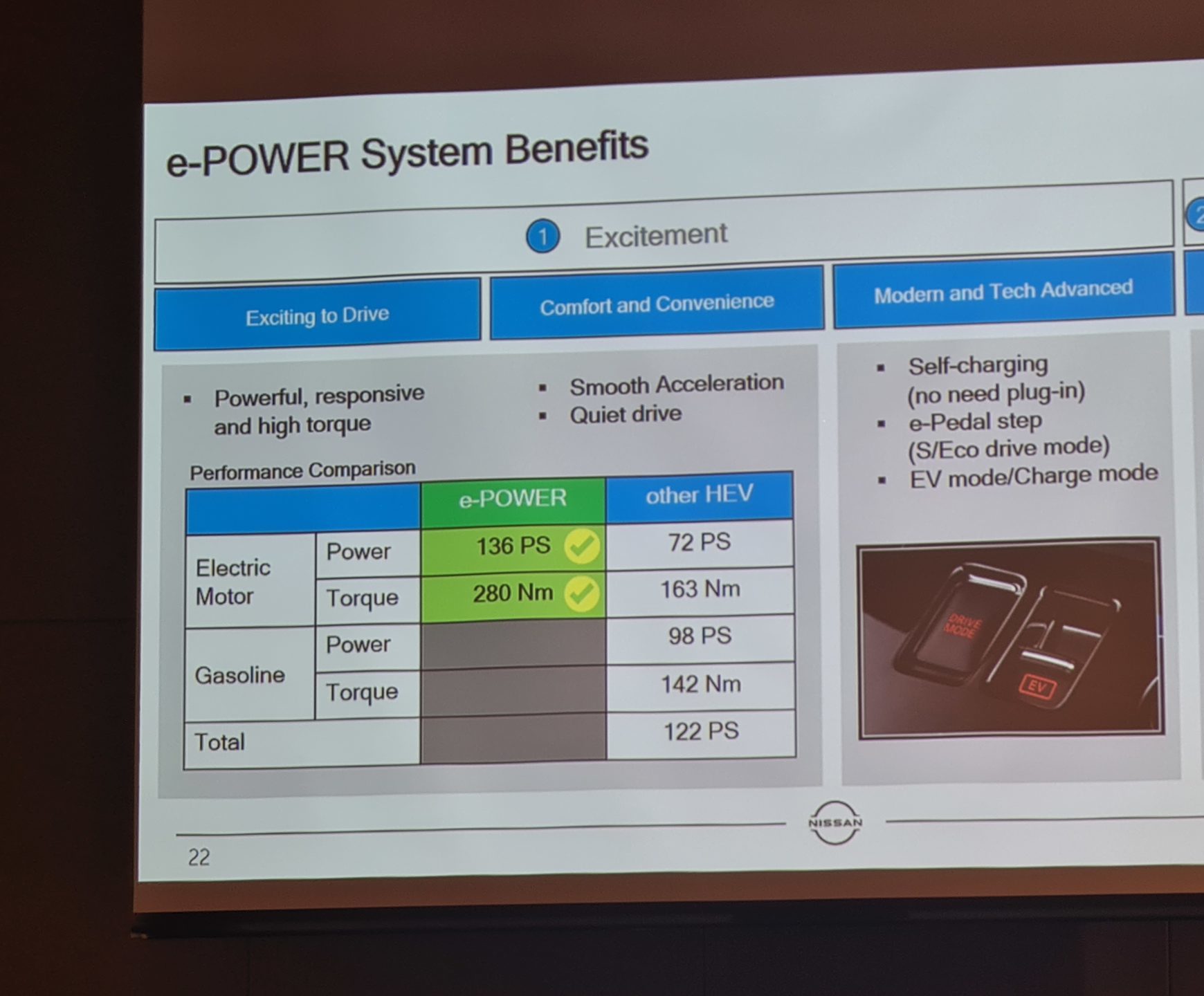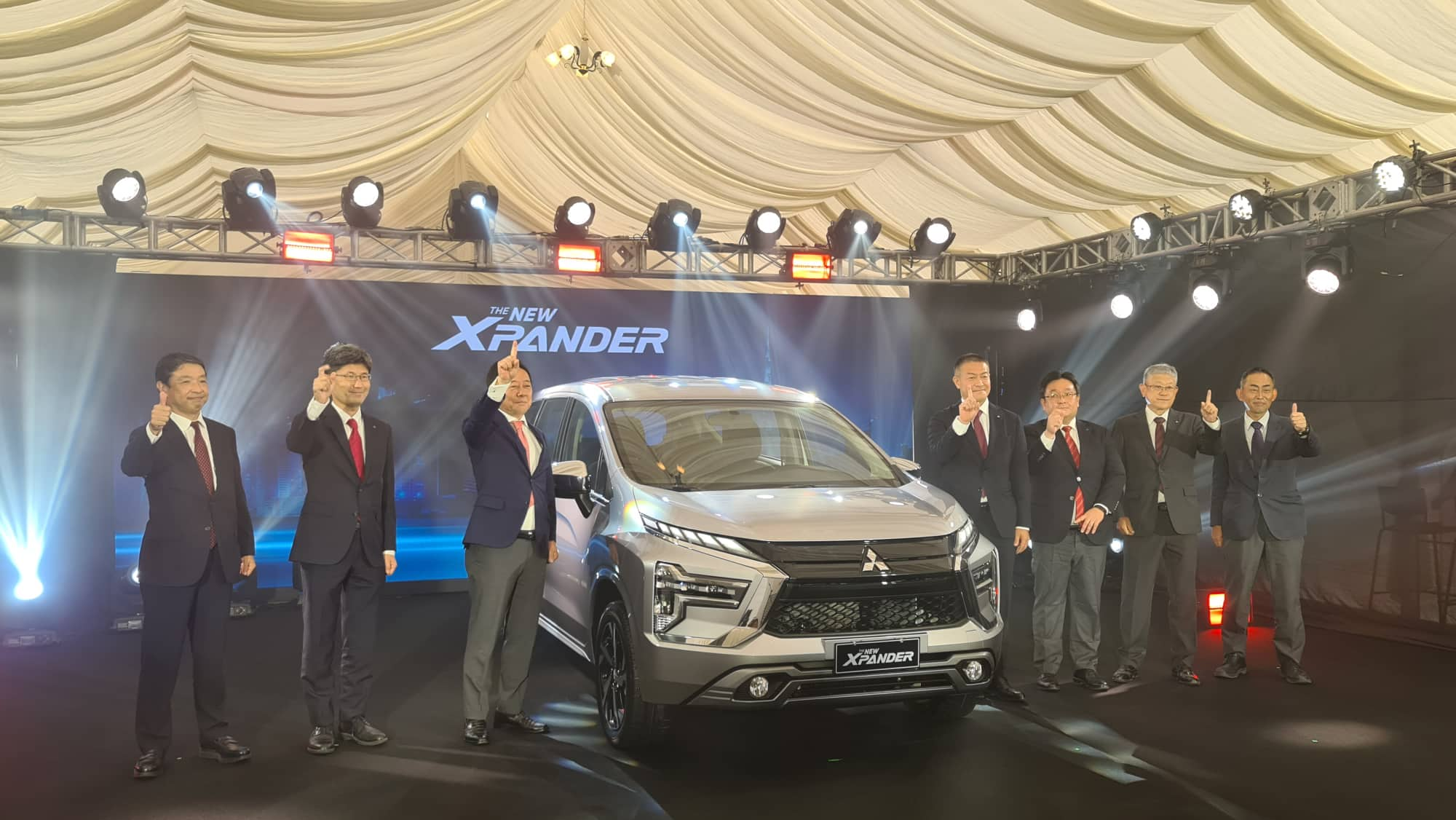
With the effects of climate change closing in like never before, the world’s top governments have taken a united stand toward a more sustainable lifestyle for all. This has impacted the future of the motoring industry, especially with an EU announcement to ban the sale of new petrol and diesel vehicles by 2035. With this in mind, it is only obvious that alternative methods of transportation have risen to fame: particularly the e-scooter and the electric vehicle. The latter comes in many shapes and sizes, from the WULING Hongguang Mini EV we tested to the Porsche Taycans and Audi E-Trons of the world. Now, Nissan is set to debut its slightly different e-POWER technology in the Philippines. What makes it unique?
To begin, moving to an electric vehicle from an internal-combustion iteration seems to be a tall order for a lot of people. There are numerous factors that come into consideration, eventually transforming into pain points for the segment as a whole.
One of the most obvious concerns is range anxiety. Some people find the minutes required to fill up a gas tank preferable to the hours it takes to charge a battery. Gas stations are also infinitely more common than charging stations, with the latter possibly leaving the driver stranded in an unsafe location. As such, many perceive them to just be city cruisers and wouldn’t take them on road trips or adventures. They are not nearly as versatile and flexible as a regular vehicle.

Nissan e-POWER solves this issue completely. As a “series hybrid,” it has both a gasoline-powered source and an electric motor. Unlike conventional hybrids, the gas generator has no direct role in propelling the car forward. Its primary and only task is to turn the fuel into charge for the battery, which in turn the electric motor uses to power the vehicle. As such, keeping the fuel topped up eliminates any chances of complete battery drainage.

This isn’t that hard to do when the first e-POWER vehicle to be brought into the country, the Kicks can achieve solid fuel economy (specific numbers to be revealed soon). It also doesn’t need any special fuel as regular octane was mentioned to be perfectly sufficient.
There is no charging port or plug to be seen anywhere here.

Because of what we just mentioned, it’s more environmentally conscious than your run-of-the-mill hybrid. Those systems usually have the electric motor playing an assist role, with some even presenting the option to run with just electricity for a short period of time. Unfortunately, these all play second fiddle to the petrol powerplant which results in emissions, albeit still lower than conventional cars. Nissan e-POWER technology just raises the bar even higher.
As expected with EVs, Nissan claims that e-POWER vehicles are quieter than ever before. This is because they’ve intelligently installed software that decides when to charge the battery in motion. This reduces the impact on the flow of electricity within the motor, removing interruptions that could also roughen the overall ride.
Things look good on the performance side too, with this also being a cause of concern. The engineers at Nissan have worked diligently to ensure that the acceleration of the vehicle never feels lacking. The incoming Nissan Kicks e-POWER, for example, comes with a respectable 136PS of power and 280Nm of torque. Besides the numbers, the acceleration has been tinkered with as well to give out a feeling of speed. It may not be as fast as the 2-liter turbo engine it was compared to, but the overall driving experience was much smoother.

E-Pedal Step technology also makes your life as a driver much more hassle-free. Removing your foot from the gas pedal automatically slows the car down significantly while performing energy regeneration at the same time. Just slowing down sends power back to the battery to increase the range as much as possible. It also helps supply the go-kart feel on a fun mountain road since you can just keep on and let off the throttle without ever touching the brake pedal. It takes some getting used to at first but it is such a useful feature to have on longer drives.

Company higher-ups such as Nissan Motors Philippines President Juan Manuel Hoyos, alongside e-POWER engineer Naoki Nakada and Strategy Director Akihiro Shibuya were present to answer questions regarding entry into the Philippines. Just in case you aren’t familiar, Nakada-san also designed the VR38DETT engine found in the legendary R35 GT-R.
When it comes to battery degradation, the three mentioned that the included battery pack on the vehicle is warrantied for up to 5 years. However, they assured that the battery should last for a “lifetime,” eventually clarified to be the average lifespan of a car whether electric or not. Using rapid Japanese standards, this is around 13 years.
One of the last questions asked was regarding Philippine floods. The answer to this was something along the lines of “calamities occur in Japan more often than we think,” so the car has been somewhat outfitted with a tolerance for this. While the wading depth was not specified, the battery has undergone sealing to prevent it from getting destroyed.

All-in-all, Nissan e-POWER technology encapsulates the most desirable traits of ICE cars, EVs, and hybrids into one package. You get the torque of an electric motor, the range and easy refueling of a conventional engine, and other ingenious features. At the same time, you’re saving both your wallet and the environment. We believe this is the necessary next step for the electrification of vehicles, and a perfect stepping stone for those that want to get into it while incurring minimal inconveniences.
Read more on Nissan e-POWER here.
Comments (0)
Read more interting post about Technology at Autotoday.info








